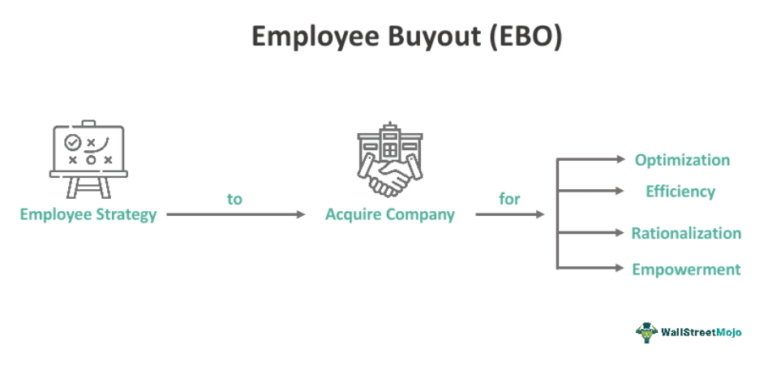
Tapestry’s Strong Holiday Quarter Fuels Stock Surge: What You Need to Know
The holiday season is often a crucial time for businesses, especially in the retail world. It’s the time when many of us are shopping for gifts, looking for that perfect outfit for a party, or treating ourselves after a long year. This year, one company that really stood out during this busy season was Tapestry, the parent company of the beloved luxury brand Coach. They managed to exceed sales expectations, and this positive news sent their stock price soaring by approximately 12%. So, what’s the story behind Tapestry’s success, and why should you care? Let’s dive into the details!
A Bright Holiday Quarter
When Tapestry released its earnings report for the holiday quarter, there were plenty of excited investors and analysts. Despite a rough patch in which their net income decreased to $310.4 million, the company still reported robust earnings per share and revenue. This impressive performance was driven primarily by a solid 11% increase in sales for Coach, which means that more people than ever were ready to splurge on luxury items – maybe that was you or someone you know purchasing a classy handbag or wallet to impress their friends!
It’s interesting to note that while Tapestry was thriving, some of its competitors were struggling. For example, Capri Holdings, which owns high-end brands like Versace, was facing double-digit sales declines. This contrast highlights how Tapestry’s strategy and brand presence are making a difference in a competitive market.
The Leadership of CEO Joanne Crevoiserat
One of the key figures in Tapestry’s success is their CEO, Joanne Crevoiserat. She has been vocal about how vital innovation and providing value is for attracting today’s consumers, particularly the younger generations. With so many options available, it’s crucial for brands to stand out by offering unique products and experiences that resonate with their target audiences.
Crevoiserat understands that today’s shoppers, especially Gen Z and millennials, want more than just a brand name; they are looking for something meaningful. It’s not just about a trendy handbag; it’s about how that handbag fits into their lifestyle and values. Tapestry has successfully tapped into this desire for connection and authenticity, which has helped them gain approximately 2.7 million new customers during this quarter alone. That’s a huge number, indicating that they’re capturing the attention of younger shoppers who crave luxury but also have high expectations when it comes to brand ethics and value.
Internal Growth Over Mergers
Tapestry is also taking an interesting route regarding its growth strategy. Instead of seeking out mergers and acquisitions, which could potentially spread the company too thin, they are focusing on internal growth. This decision is meant to ensure that their brands, particularly Kate Spade, can develop sustainably and uniquely without the complications that can come with merging companies.
Taking time to refine and enhance what they already have is a smart move. It allows Tapestry to concentrate on creating products that truly resonate with consumers, which is especially important as fashion trends shift rapidly. For instance, consider how brands have begun to incorporate sustainability into their offerings—something that many younger consumers are actively seeking. With Tapestry’s careful management and innovative spirit, they are not just looking to grow; they’re working to secure their place in the future of luxury retail.
The Power of Attracting Younger Consumers
One of the most notable achievements for Tapestry has been its ability to attract younger shoppers. As the company has gained around 2.7 million new customers, most of them from Gen Z and millennials, it’s clear that their strategies are working.
You might be wondering why this is important. Well, younger consumers are quickly becoming the backbone of the retail market. They have buying power like never before, and they are not shy about using it. When a brand successfully engages this demographic, it positions itself for long-term success. Younger shoppers are influenced by social media, value trendy and stylish items, and appreciate brands that align with their values—not to mention, they love sharing their new finds online. For Tapestry, capturing this audience is not just a short-term win; it’s an investment in the company’s future.
Emphasizing Innovation in Products
To keep this momentum going, Tapestry is putting a significant emphasis on product innovation. What exactly does this mean? Well, it means creating fresh designs that appeal to today’s fashion tastes while still remaining true to the heritage of brands like Coach and Kate Spade. This balance is crucial; they need to respect their long-standing traditions while also updating their offerings to align with modern trends.
This approach not only attracts new customers but also keeps existing ones engaged and excited. Imagine if Coach started producing bags with materials that are environmentally friendly or designed a line that reflects popular culture. The novelty could ignite interest and create buzz on social media, drawing more people into the brand’s orbit.
A Look at the Future
As Tapestry continues to build on its recent successes, it can be exciting for both investors and consumers. The company’s strategy of focusing on internal growth and innovation shows promise for further strengthening its market position. With a robust holiday quarter under its belt and an ambitious plan for the future, Tapestry is well on its way to claiming a larger share of the luxury market.
For consumers like us, this means better products, more options, and perhaps even more engaging brand experiences—whether through improved in-store interactions or exciting online campaigns. It’s the kind of competition that fuels creativity and ensures that brands remain fresh and exciting.
Conclusion
So, what’s the takeaway from Tapestry’s impressive holiday performance? It highlights the importance of knowing your audience, being adaptable to changing market dynamics, and staying true to your brand’s vision. As Tapestry continues to chase growth while maintaining sustainable practices, it will be fascinating to see how their strategies unfold.
Now we want to hear from you! Have you ever purchased a luxury item from Coach or Kate Spade? What trends or features do you look for when shopping for your favorite brands? Share your thoughts in the comments below!





